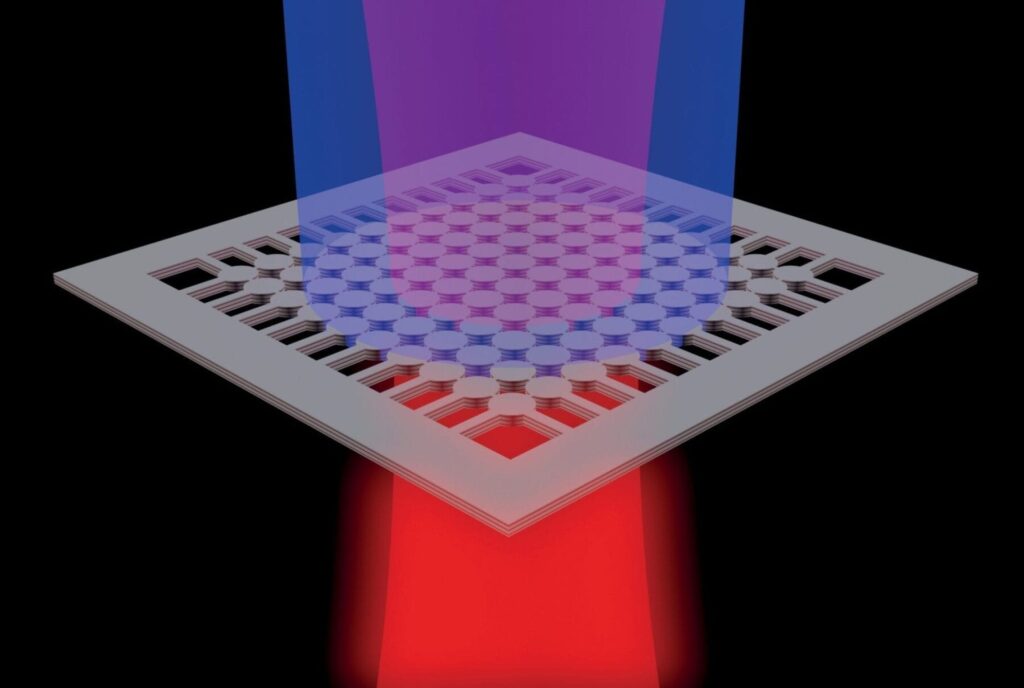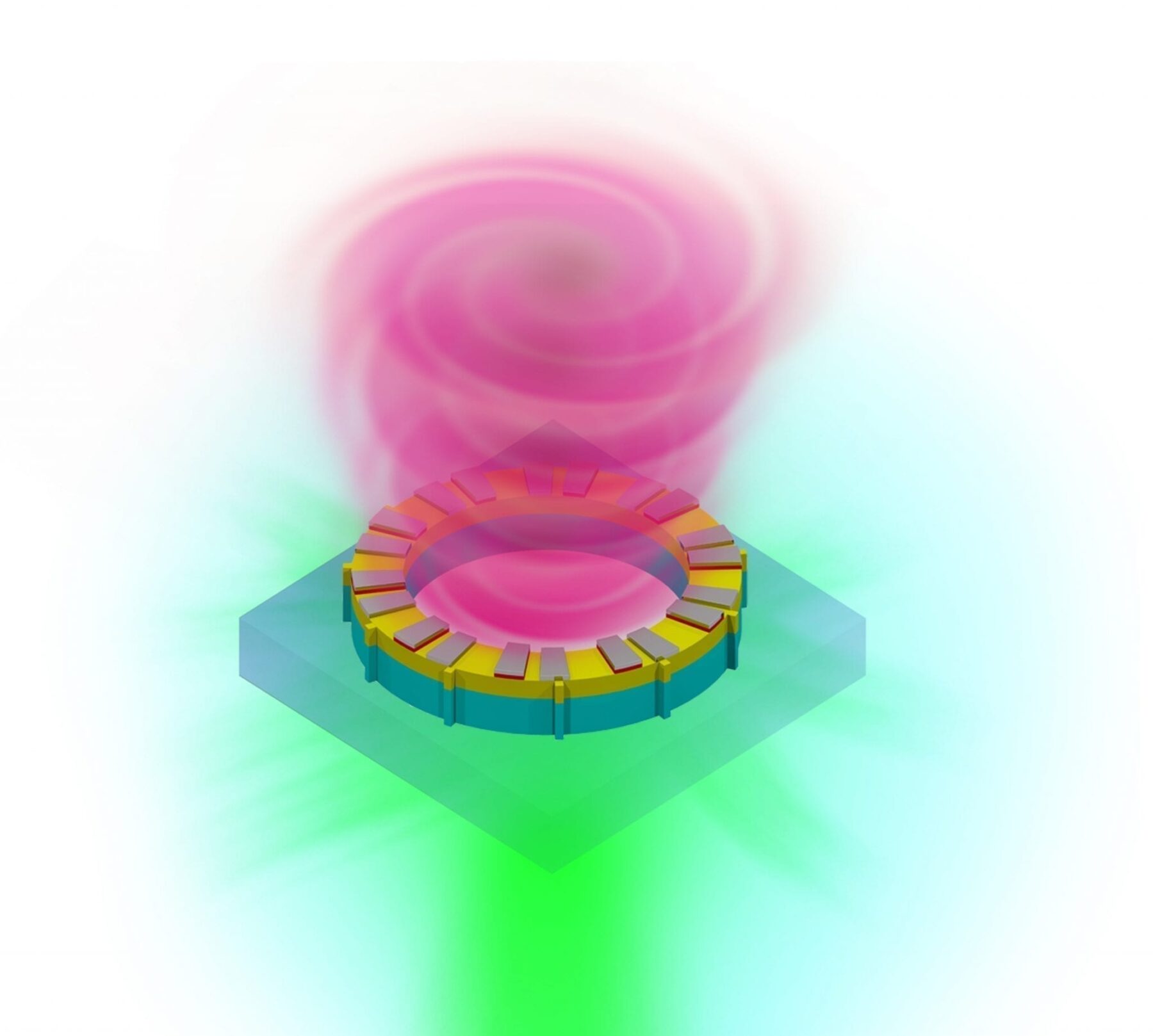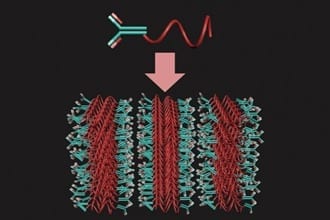
Researchers at the University of California San Diego have demonstrated the world’s first laser based on an unconventional wave physics phenomenon called bound states in the continuum. The technology could revolutionize the development of surface lasers, making them more compact and energy-efficient for communications and computing applications.
The new BIC lasers could also be developed as high-power lasers for industrial and defense applications.
“Lasers are ubiquitous in the present day world, from simple everyday laser pointers to complex laser interferometers used to detect gravitational waves. Our current research will impact many areas of laser applications,” said Ashok Kodigala, an electrical engineering Ph.D. student at UC San Diego and first author of the study.
“Because they are unconventional, BIC lasers offer unique and unprecedented properties that haven’t yet been realized with existing laser technologies,” said Boubacar Kanté, electrical engineering professor at the UC San Diego Jacobs School of Engineering who led the research.
For example, BIC lasers can be readily tuned to emit beams of different wavelengths, a useful feature for medical lasers made to precisely target cancer cells without damaging normal tissue. BIC lasers can also be made to emit beams with specially engineered shapes (spiral, donut or bell curve) — called vector beams — which could enable increasingly powerful computers and optical communication systems that can carry up to 10 times more information than existing ones.
“Light sources are key components of optical data communications technology in cell phones, computers and astronomy, for example. In this work, we present a new kind of light source that is more efficient than what’s available today in terms of power consumption and speed,” said Babak Bahari, an electrical engineering Ph.D. student in Kanté’s lab and a co-author of the study.
Bound states in the continuum (BICs) are phenomena that have been predicted to exist since 1929. BICs are waves that remain perfectly confined, or bound, in an open system. Conventional waves in an open system escape, but BICs defy this norm — they stay localized and do not escape despite having open pathways to do so.
In a previous study, Kanté and his team demonstrated, at microwave frequencies, that BICs could be used to efficiently trap and store light to enable strong light-matter interaction. Now, they’re harnessing BICs to demonstrate new types of lasers. The team published the work Jan. 12 in Nature.
Learn more: New Laser Based on Unusual Physics Phenomenon Could Improve Telecommunications, Computing and More
[osd_subscribe categories=’laser’ placeholder=’Email Address’ button_text=’Subscribe Now for any new posts on the topic “LASER”‘]
Receive an email update when we add a new LASER article.
The Latest on: BIC lasers
[google_news title=”” keyword=”BIC lasers” num_posts=”10″ blurb_length=”0″ show_thumb=”left”]
via Google News
The Latest on: BIC lasers
- 'It took me a decade to deal with my excess body hair – this is what worked for me'on April 15, 2024 at 1:52 am
Use precise geolocation data and actively scan device characteristics for identification. This is done to store and access information on a device and to provide personalised ads and content, ad and ...
via Bing News











